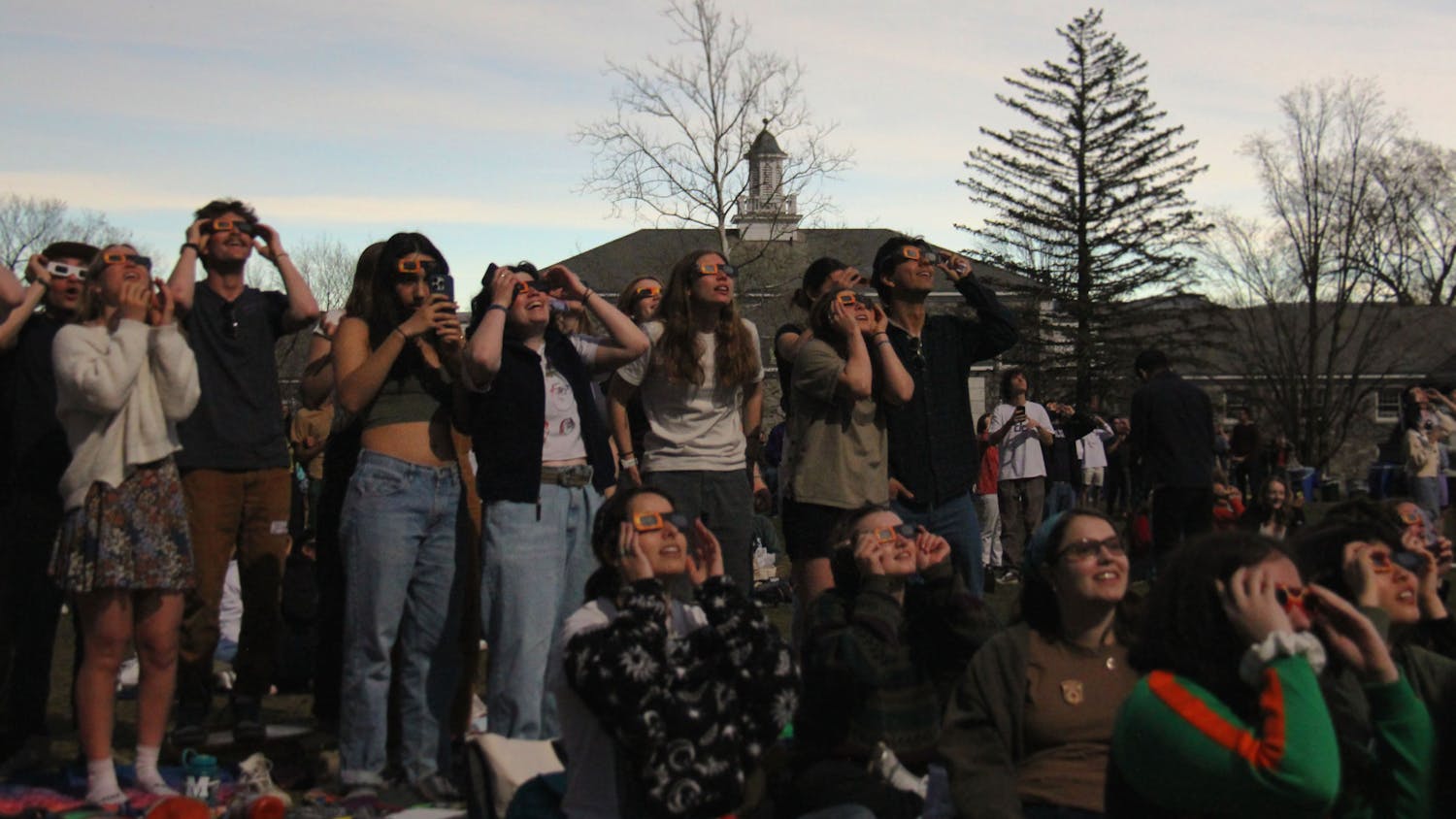An article published in The Huffington Post on April 9 titled “Why Tina Fey Should have taken a Gap Year,” cited a study conducted by former Dean of Admissions Robert Clagett, which examined the success of Middlebury students who had completed gap years and found that those students went on to have overall higher GPAs in college.
Several recent articles published in the The New York Times, Businessweek and Time have paid some sort of homage to the gap year, and the notion of taking a year off between high school and college has become increasingly popular. Recently, parents, professors and students have noticed a correlation between having a gap year experience and academic motivation and success once in college.
The College has openly endorsed students taking time off between high school and college, both through the February admissions program and through allowing and supporting students admitted in September admissions to defer their admission in order to take a year off from school before college. According to the Admissions Office, about 35 students defer their matriculation at the College each year to take gap years.
In a letter to the recently admitted members of the Class of 2017, Dean of Admissions Greg Buckles encouraged the high school seniors to “step back and think about what your education is really all about.”
In the letter Buckles spoke to the benefits of the Feb experience and encouraged students admitted in the regular September class to take time off before college as well.
“The students who enroll here in February bring more to their college experience and, as a result, derive more from it. They also hold a disproportionately high number of leadership positions on campus and, on average, perform better academically,” wrote Buckles. “Every year some students who are admitted for September choose to defer their enrollment for an entire year and step off the academic treadmill. Many benefit greatly from the opportunity to travel, work or pursue other interests, and all of those options can help contribute to an even more enriching college experience, much as happens for our Febs.”
Other universities seem to agree with Buckles. In 2011, the University of North Carolina received $1.5 million to help students finance gap years. Likewise, Princeton University promotes gap years through the Bridge Year Program where students live with other Princeton students in a community abroad.
“I’ve watched this whole concept go basically from its inception to present day,” said Holly Bull, president of the Center for Interim Programs (CIP) in an interview with Time. The CIP has worked to create gap year opportunities for more than 5,000 students. “I wouldn’t call it mainstream, but there’s way more awareness and support and colleges are now beginning to endorse it as really positive thing.”
Though many people do endorse taking a gap year, some students still find the opportunity inaccessible.
“While the benefits are probably true, taking a gap year is a privilege, one that many students cannot afford to take,” explained Daniel Pena ’16. “It’s another year away from entering the work force with a college degree.”
“Taking a gap year helps you put things into perspective, but while it may be financially feasible for some to take time off, others can’t afford to put their lives on hold for a sake of an experience,” explained Zeke Caceres ’15.
On campus, Winson Law ’16 is in the process of creating a group of students who have all taken gap years, allowing them to share their experiences and give students information and resources to be able to take a gap year. Law spent eight months living in Brazil before returning home to intern at a non-profit, Rwanda Partners.
“I have a better perspective of myself and the world by taking a gap year,” said Law. “I became a lot more curious about things and I felt really ready to hit the ground running and a drive to do something really meaningful with my college experience.”
Similarly, Peter Kiley-Bergin ’16 spent the year as an exchange student in Switzerland.
“I was able to just live for a year. I didn’t have to try things I didn’t care about and only had to learn what I wanted to,” said Bergin. “All of us are on what is, at times, a ridiculous academic treadmill and to have a year in the middle of my youth without any academic stress is very special.”
The American Gap Association estimates that five percent of American universities have programs that enable students to defer admission — an increase, they say, since past years. While it may be an increase, the College remains in the national minority of educational institutions supporting gap years. But as that number grows, maybe so will the students who are able take gap years.
“I will say the majority of the programs I looked at were very homogenous, but I kept looking and found a diverse program,” explained Law.
“I hope that the student group on campus can help reduce some of the financial and cultural barriers students face when they want to take a gap year.”
Study Links Gap Year to Success
Comments



